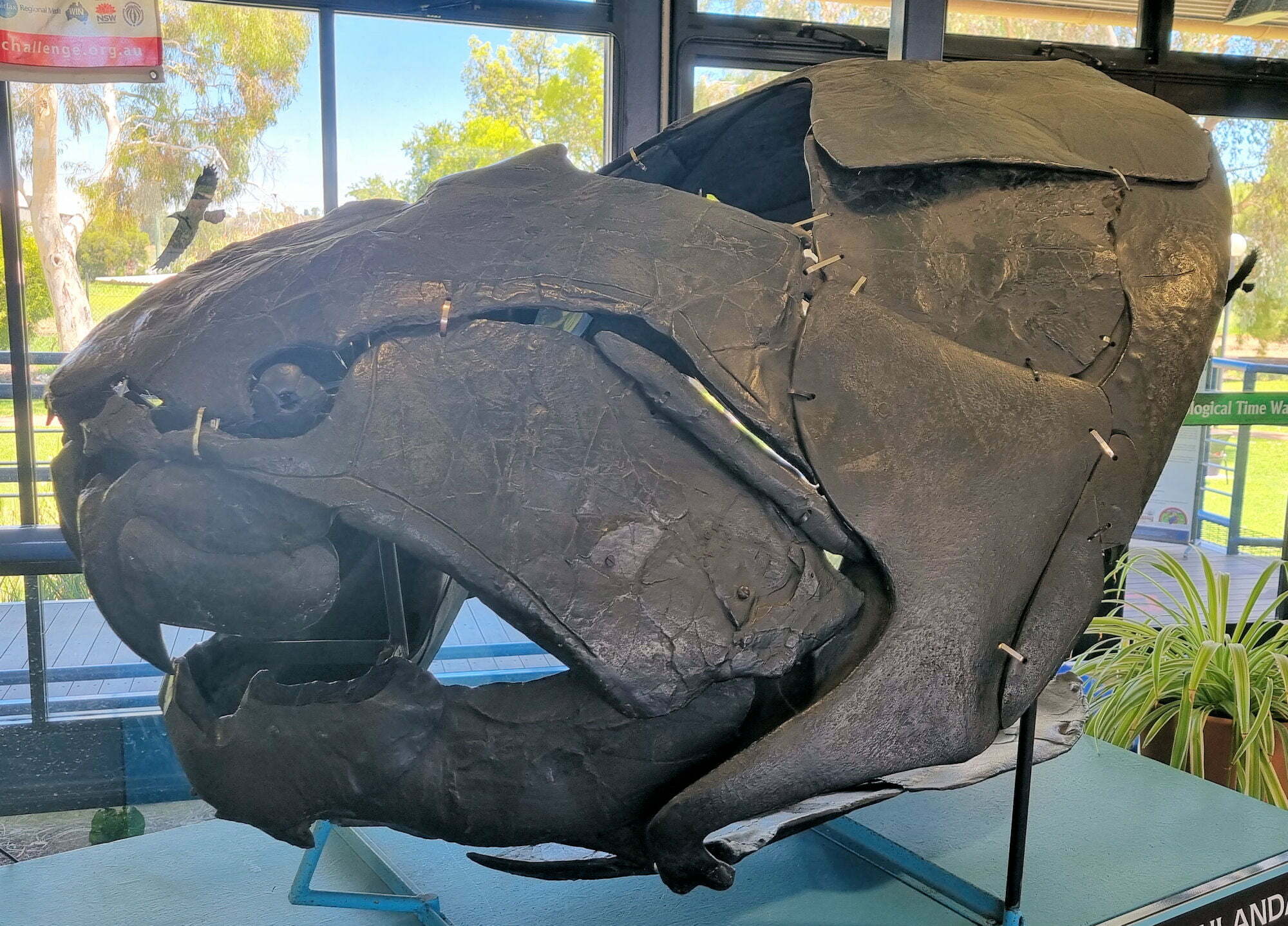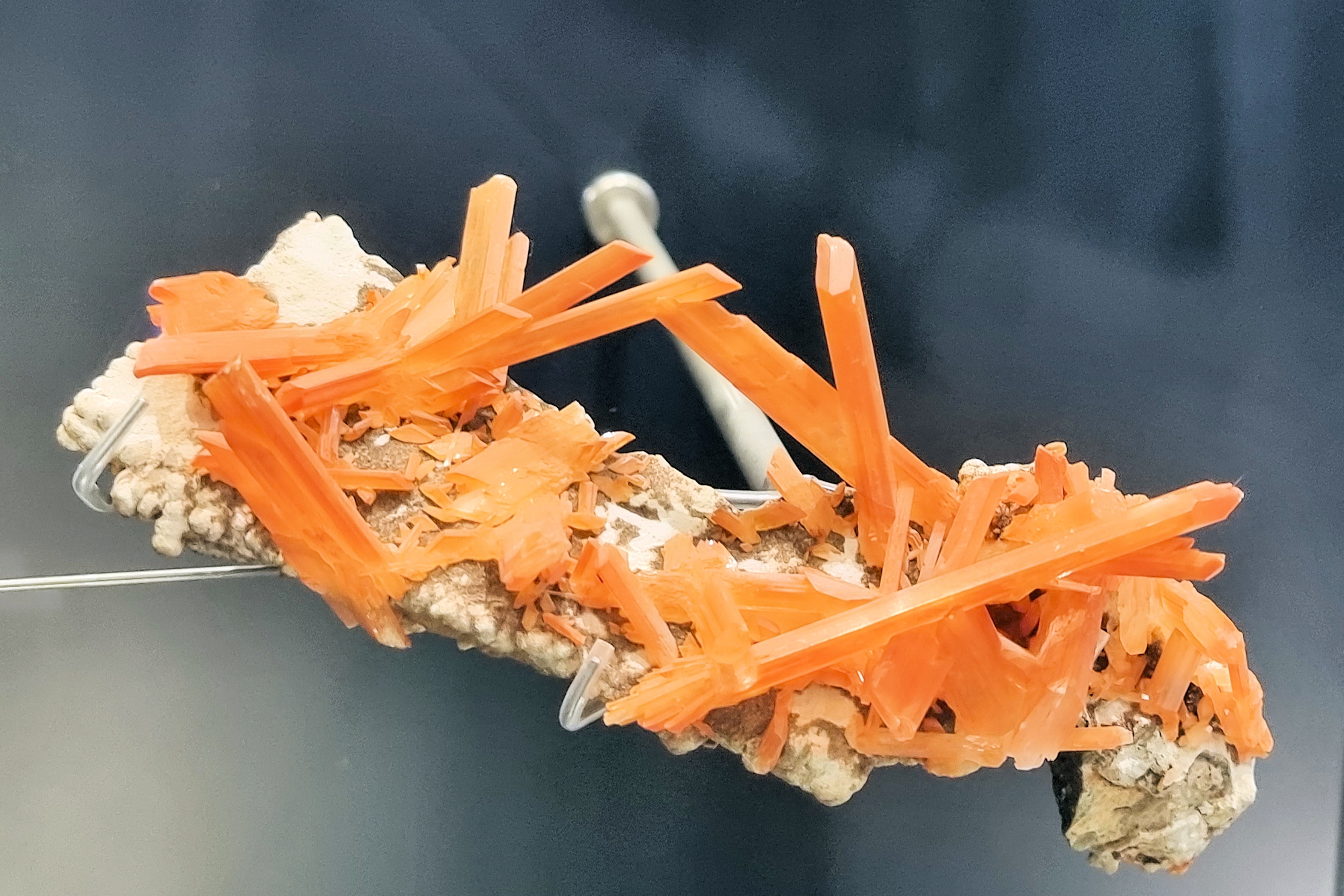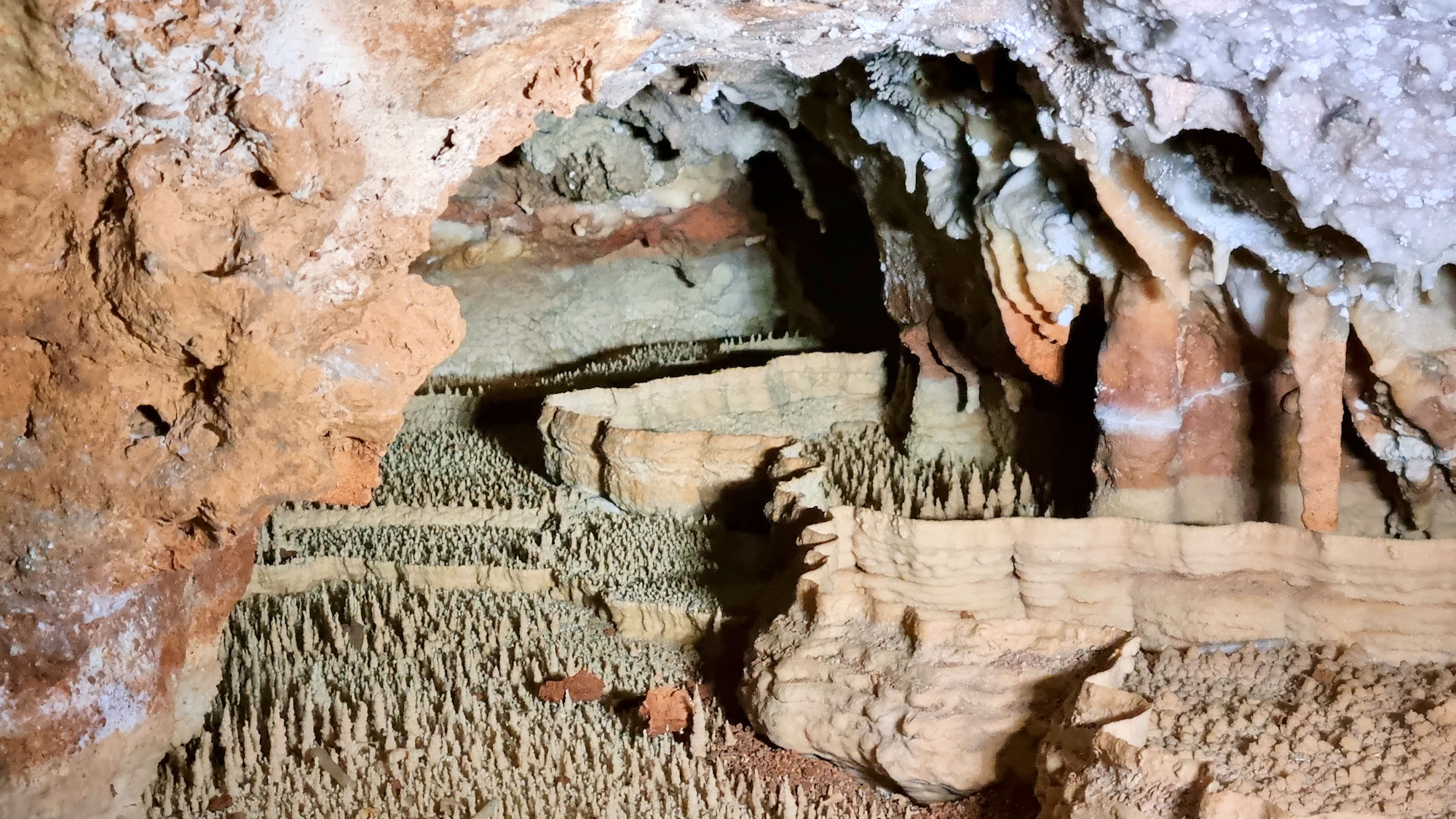Category: Geology
-
Age of Fishes Museum

Age of Fishes Museum Canowindra Driving north from Canberra, our trip took us through the small New South Wales town of Canowindra. Interestingly, the town has a museum dedicated to the Age of Fishes. Fossils were first found in 1955 when roadworks uncovered a slab of rock with interesting impressions. This was later brought to… Read more
-
Australian Fossil and Mineral Museum

Australian Fossil and Mineral Museum Bathurst Driving through Bathurst on our way to the Newnes Industrial ruins we discovered the Australian Fossil and Mineral Museum. Surprised to find such an important collection located in regional New South Wales. The Somerville Collection Containing over 5,000 objects, the collection was the life’s work of Warren Somerville AM.… Read more
-
Wombeyan Caves

Wombeyan Caves Hit by the triple disasters of bushfires, floods and Covid, our visit to Wombeyan Caves was not as extensive as we planned. The fires of 2020 damaged the surrounding country severely, removing much of the vegetation. The heavy rain and floods that followed resulted in land slips and damage to all walking tracks.… Read more